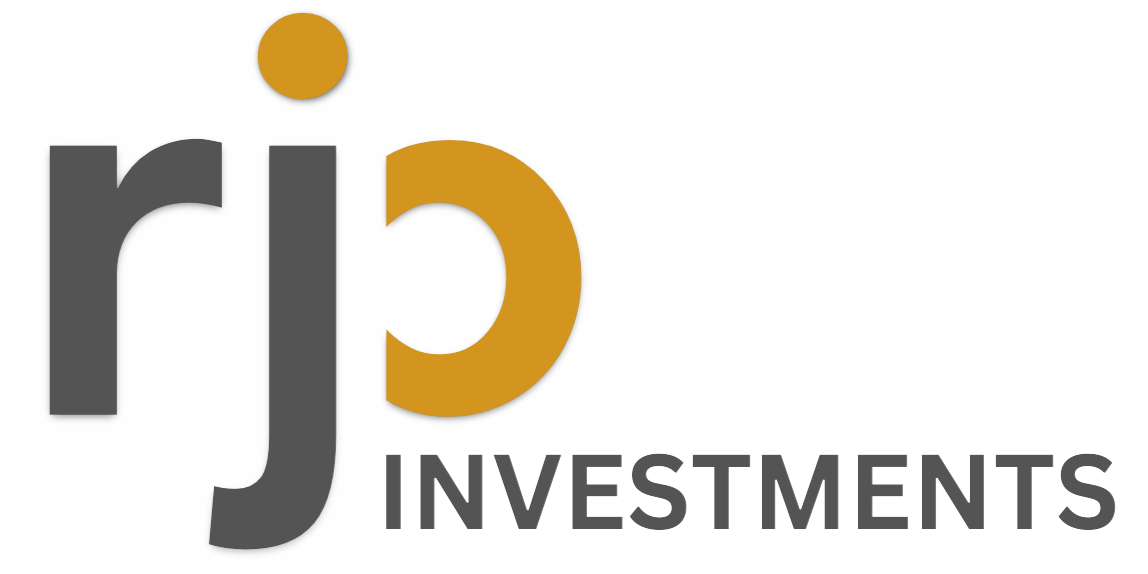Inflation isn’t going quietly. Here’s why it’s sticking — and what it means for capital allocation in 2025 and beyond.
1. Inflation Isn’t Done With Us Yet
Despite interest rates remaining elevated, inflation has shown a troubling tendency to stick. The most recent CPI prints in both the UK and US are running hotter than forecast. This isn’t a temporary blip — it’s a sign that the disinflationary trend of 2023 may be reversing.
Headline inflation may be below its 2022 peaks, but core inflation (excluding food and energy) remains persistently high. In the US, services inflation is stubborn. In the UK, wage growth and housing costs continue to feed the beast.
So why is inflation proving so resilient?
2. The Structural Drivers Are Still In Play
Beneath the surface, several forces are keeping inflation elevated:
- Deglobalisation – Supply chains are becoming more regionalised and less efficient.
- Labour shortages – Demographic shifts and lower participation rates are pushing up wages.
- Energy policy – Restrictive supply and Net Zero compliance continue to add cost pressure.
- Government spending – Fiscal largesse hasn’t meaningfully tightened, even with higher borrowing costs. Meanwhile, high tax burdens are squeezing productivity and investment, further complicating the inflation picture.
- Aftershocks from COVID-era policies – Excess stimulus, extended lockdowns, and aggressive borrowing created a long tail of demand distortion and monetary expansion that continues to echo.
- Geopolitical conflict – The ongoing Russia–Ukraine war has not only disrupted global grain and fuel markets but also entrenched higher base costs in energy-intensive sectors.
These aren’t cyclical issues. They’re structural. And they aren’t going away.
3. Why This Matters for Investors
Markets have largely priced in a soft landing — or even rate cuts. But if inflation proves sticky or resurges, that could unwind quickly:
- Bond yields could climb again, compressing valuations.
- Central banks may be forced to resume rate hikes or maintain restrictive policy longer than expected — especially if inflation expectations become unanchored.
- Equity multiples are vulnerable to a higher-for-longer rates environment.
- Property investors face refinancing risk if rate expectations reset.
- Commodities and precious metals — including gold, which has hit record highs — may benefit as real assets regain favour in inflationary hedges.
Put simply: the cost of getting inflation wrong is much higher than the cost of being cautious.
As Mohamed El-Erian recently warned:
“The risk isn’t that inflation comes back. The risk is that it never really left.”
Even Federal Reserve Chair Jerome Powell noted:
“We’ve seen progress on inflation, but it’s still too early to declare victory.”
And as Stanley Druckenmiller has pointed out:
“When inflation starts becoming ingrained in behaviour — that’s when central banks lose control.”
These are not alarmist views. They’re caution flags from serious, seasoned investors and policymakers.
4. What Smart Capital Is Doing
Some of the most successful investors are preparing for the return of inflation volatility:
- Rotating into real assets (commodities, infrastructure, short-duration property).
- Favouring dividend-paying equities with pricing power.
- Adding inflation-linked bonds, floating-rate credit, and exposure to gold.
- Holding more liquidity to be opportunistic if markets reprice.
This isn’t about panic — it’s about positioning. And the smart money is positioning for a world where 2% inflation is not a guarantee — it’s an exception.
5. What’s Next? The Inflation Outlook
Inflation doesn’t persist without fuel — and there’s plenty still in the tank:
- Money supply and credit availability remain loose in many sectors.
- Consumer behaviour has not significantly retrenched — signalling sufficient demand to support rising prices.
- Fiscal discipline is lacking — few governments are willing to cut spending meaningfully in an election cycle.
- Commodity constraints may worsen if geopolitical shocks intensify.
- AI-driven productivity may relieve some pressure — but likely not fast enough to offset cost pressures in the short term.
The most likely outcome? Inflation plateaus at a higher base level — fluctuating between 3–4% over the medium term — with recurring spikes from supply-side volatility. And if inflation expectations become unanchored, central banks may need to intervene more aggressively — with all the risks to growth and asset prices that entails.
6. Inflation’s Social and Political Ramifications
Inflation doesn’t hit everyone equally. It functions as a stealth tax, disproportionately hurting lower-income households who spend a larger portion of income on essentials. Simultaneously, it benefits debtors — including governments — by eroding the real value of liabilities.
The political implications are already surfacing:
- Growing voter frustration with the cost of living
- Rising populism and policy volatility
- Greater calls for subsidies and price controls — which often make the problem worse
Case in point: Turkey
Turkey has experienced inflation well over 60% in recent years. The impact has been devastating:
- Collapse in real wages
- Surging food insecurity
- Severe currency depreciation
- Capital flight and investor withdrawal
It’s a reminder that inflation isn’t just a number on a spreadsheet — it can destabilise economies, societies, and institutions if left unchecked.
Final Thought:
Inflation has fooled economists and central bankers more than once in the past three years. The signals we’re seeing now suggest the risk isn’t over. Investors who stay grounded in fundamentals — and sceptical of consensus — will be better positioned if the next leg higher comes sooner than expected.
What’s your take?
Are markets underestimating the persistence of inflation again?
Drop us a message or comment with your view.
Coming soon:
Why Gold Isn’t Just a Safe Haven — It’s a Signal
Productivity and the Myth of the AI Dividend
How Geopolitical Realignment Is Reshaping Inflation Risk
